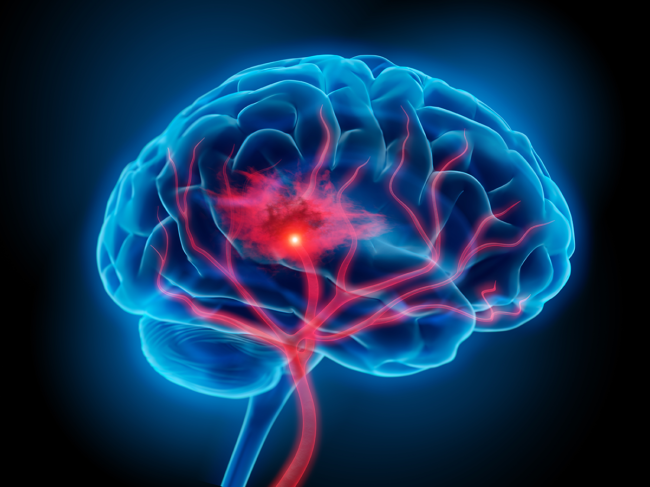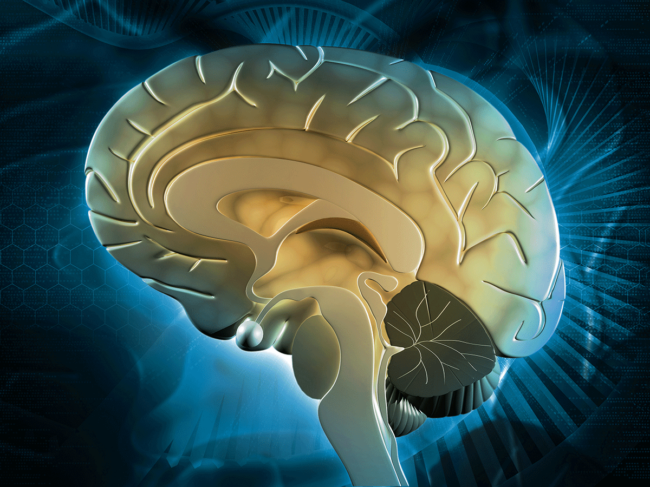
Items Tagged with 'neuroinflammation'
ARTICLES
Neurology/psychiatric
EPHB3 inhibitor VTT-001 reduces neuroinflammation across multiple animal models
Read MoreNeurology/psychiatric
ACD-856 TRK PAM mitigates neuroinflammation in experimental Alzheimer's
Read MoreNeurology/psychiatric
Theranocure identifies new D1 receptor-targeting vanillic derivatives
Read MoreNeurology/psychiatric
FKBP5 inhibition ameliorates inflammation in preclinical multiple sclerosis
Read MoreNeurology/psychiatric






